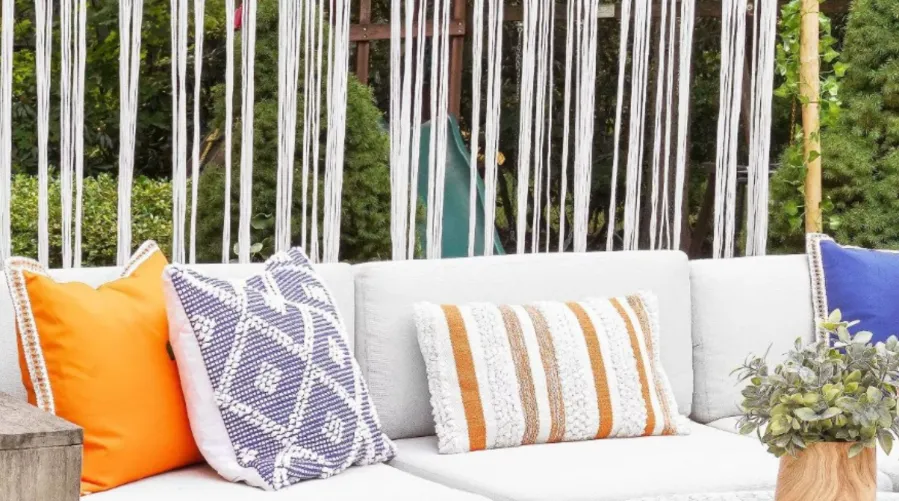What makes a space feel both open and private? Many property owners seek to maintain a bright interior without compromising on seclusion. It’s a challenge that blends functionality with aesthetics. Balancing daylight and discretion becomes easier when design features are guided by informed choices.
Trusted experts like Blind & Shutter Gallery offer a variety of options that balance privacy with natural illumination, helping you transform your space effortlessly. Professional help can support a more tailored approach and ensure that your light management solutions align with layout and interior goals. Here, it explains how to effectively achieve privacy and design objectives with simple methods.
Frosted Finishes for Glass Surfaces
Frosted or acid-etched glass remains a reliable option when clear panels aren’t appropriate. These surfaces allow warm and soft light to pass while reducing direct visibility. Such finishes can be applied to windows, doors, or even partition panels, making them suitable for different property types.
Their appearance is clean and neutral, making them appealing to those seeking lasting design solutions. Professionals often recommend these upgrades during planning, especially for offices, lobbies, or bathrooms. These glass treatments are also easy to maintain and blend well with both modern and classic interior styles. When incorporated effectively, they help elevate the privacy quotient without closing off spaces.
Layered Window Coverings with Sheer Panels
Layered coverings provide flexibility and easy adjustment as lighting conditions shift during the day. Lightweight sheers beneath solid drapes or shutters enable spaces to remain bright while reducing interior exposure. This setup is frequently used in modern homes and commercial spaces alike, especially where natural lighting is an asset.
Taking the help of specialists can ensure the right combination of textures, lengths, and mechanisms for both practicality and appeal. Their experience helps avoid misaligned styles or inefficient coverage. Layered coverings also allow gradual transitions from full brightness to privacy, making them functional across changing seasons. With guidance from skilled professionals, they can become a refined element of interior aesthetics.
Strategic Plant Placement Indoors and Outdoors
Greenery can be a natural and elegant privacy tool. In outdoor spaces, tall hedges or potted bamboo shield views without enclosing the area. Indoors, vertical plant stands or hanging arrangements near windows serve as living filters.
With a thoughtful positioning, the light continues to fill the room while limiting visibility from outside. Landscape planners or interior stylists can offer guidance on plant types and placement to complement the architecture while maintaining airflow and openness. Such botanical choices also introduce freshness and texture that enrich the visual harmony of the space.
Smart Use of Translucent Dividers
Translucent room dividers made from acrylic, frosted plastic, or rice paper panels provide separation without heavy shadows. These features are effective in multipurpose spaces where zoning is required. They are especially common in modern lofts, studio setups, or shared office areas.
Involving a design consultant or interior planner early on helps determine the right placement and material. Their input ensures that partitions align with lighting conditions and avoid reducing overall visibility. Professionals may also recommend custom shapes or heights based on ceiling dimensions. This approach ensures the dividers act as visual tools rather than obstructive partitions.
Ceiling-Mounted Fabric or Mesh Panels
Suspended panels made from mesh or semi-transparent fabric introduce soft transitions between open areas. Unlike walls or cabinets, these treatments maintain upward visual space, allowing brightness to reflect and circulate. Panels may be stationary or movable, depending on the function of the room.
They work particularly well in areas where structure and flow must coexist. Design professionals frequently recommend this option for creative environments or flexible layouts, especially when permanent construction is not ideal. These panels can be tailored in width, length, and opacity, offering control over both illumination and boundary.
Professional companies like Blind & Shutter Gallery can help make privacy planning both functional and design-forward. These enhancements support property value without disrupting open layouts. Hence, individuals can follow these steps to make their space smart and versatile.



